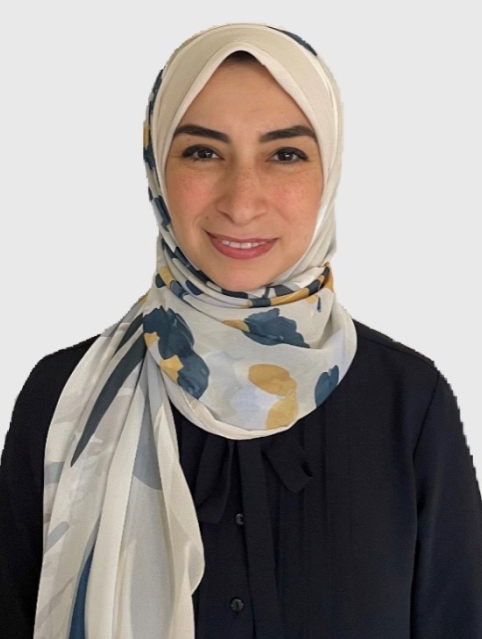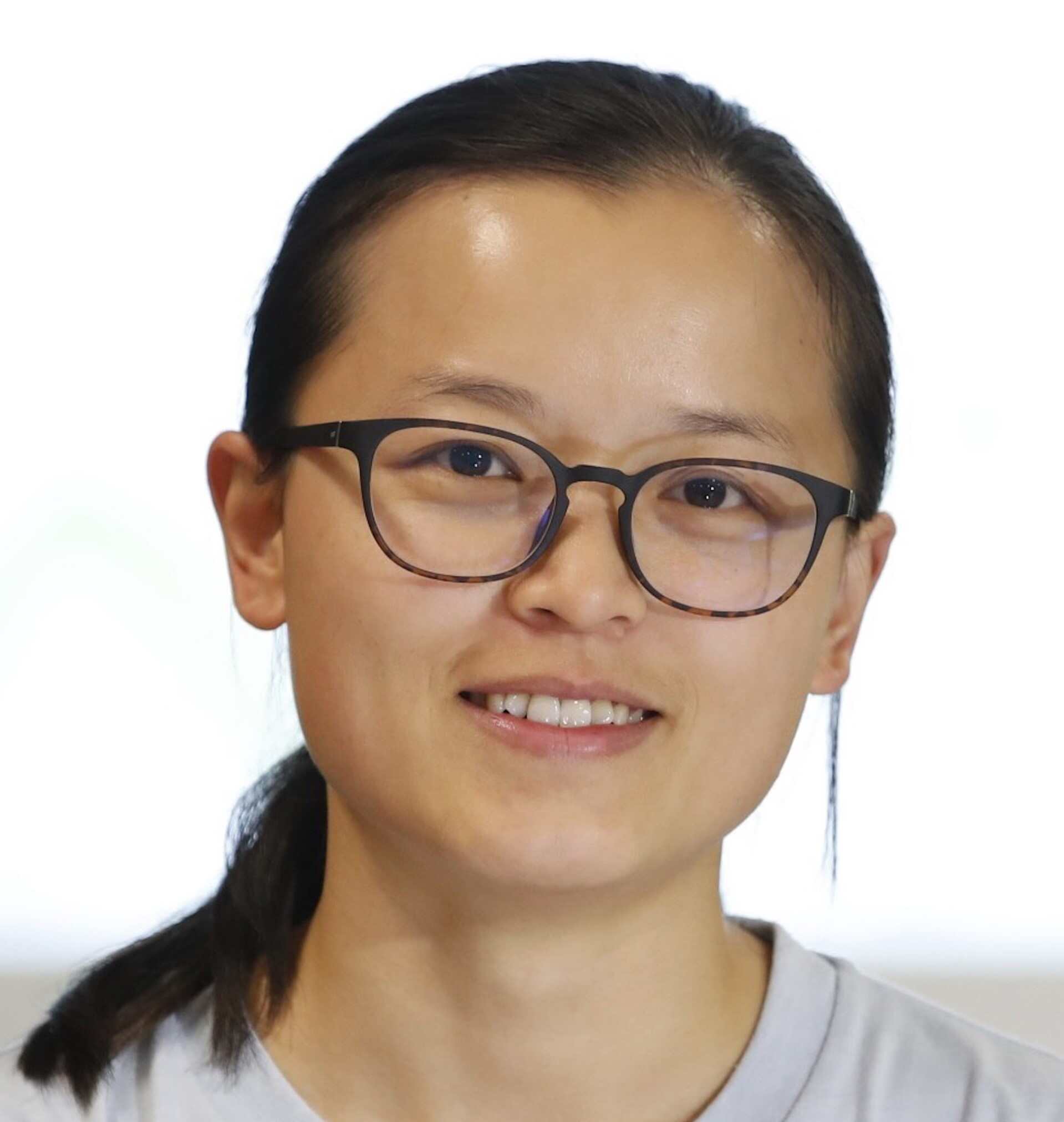Project Aim
Retinitis Pigmentosa (RP) is a genetic, blinding retinal disorder that affects approximately 2 million people worldwide. RP involves the death of the photoreceptor cells (rods and cones) that turn light signals into vision. This project focused on the development of a broad treatment approach that can be used on RP patients by investigating the effect of an FDA-approved HDAC inhibitor (SAHA) to protect photoreceptor cells, especially cones, from degeneration in two mouse models of RP.
The intraocular administration (via injection to the eye) of SAHA to the mice, was tested for the first time at the early and late stages of the disease to achieve the best results on photoreceptor survival and function. The ultimate aim of this study is the development of gene-independent treatment strategies that preserve visual acuity and daylight vision in RP patients and several different types of vision loss, benefiting a more comprehensive range of patients.
Project Results and Impact
This study was important in assessing whether the drug SAHA could protect the cells in the eye that help us see (called photoreceptor cells) in mice with RP. They found that the drug did rescue some of the central retina cells and may have a net protective effect, but it did not improve the vision of the mice significantly.
Due to the time constraints of the study, the team was not able to study how the drug works at the genetic level in this project but they are planning to do so in the future. Samples were collected and have been sent for next generation sequencing. We are currently awaiting results.
In future studies, priority should focus on understanding exactly how SAHA works to protect the photoreceptor cells and whether this protection is due to the drug’s molecular or pharmacological effects. This is important because RP is a complex disease that affects people in different ways and can have a big impact on their lives, so finding effective treatments, like SAHA, is very important. Additionally, it would be helpful to find treatments that work regardless of the specific genes involved in the disease.
Webinar
This project was recently featured in a Retina Australia webinar. You can view a recording of this event here.
A summary of this webinar presentation can be viewed here.

Chief investigator:
Dr Rabab Rashwan
Lions Eye Institute, Perth
Co-investigator/s:
Miss Annie Miller, Lions Eye Institute, Perth
Dr Livia Carvalho, Lions Eye Institute, Perth
Grant awarded:
$40,000 (2022)
Research Impact Reports
Characterizing Stargardt Disease Mutations for Splice Intervention Therapeutics
Project Aim The aim of this project was to find...
Virtual Reality Assessment of Functional Vision in achromatopsia
Project Aim This project aimed to develop and validate a virtual reality (VR) mobility task...
Advancing Usher syndrome type 1B gene therapy with split intein
Project Aim Usher syndrome is the leading cause of combined hearing and vision loss worldwide....
Therapies for currently untreatable autosomal recessive IRDs
Project Aim This project aims to develop gene replacement therapies for autosomal recessive (AR) inherited...




